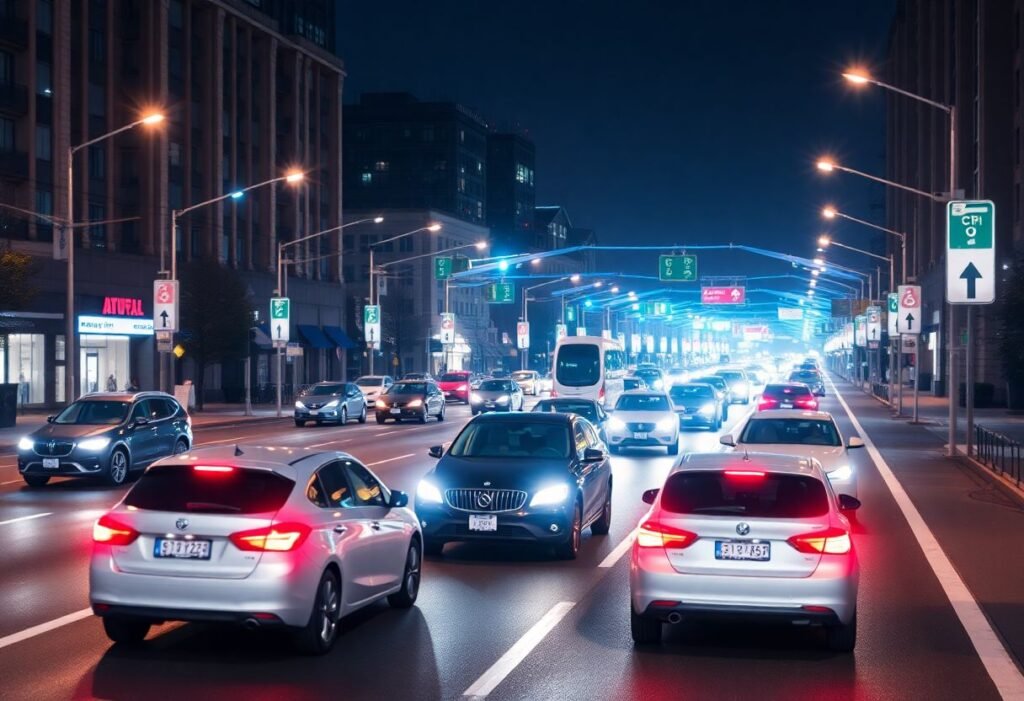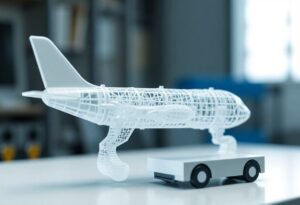The integration of autonomous vehicles into existing traffic systems presents significant challenges that the innovation sector must address. As cities evolve and technology advances, aligning these cutting-edge vehicles with traditional transportation infrastructures becomes critical. This article explores the multifaceted challenges and innovative solutions that will shape the future of autonomous mobility.
The Complexity of Urban Traffic Integration
Integrating autonomous vehicles into urban traffic systems is inherently complex, as these vehicles must navigate dense environments filled with pedestrians, cyclists, and other vehicles. Traditional traffic systems are often designed with human drivers in mind, which means that autonomous technologies must be capable of understanding and interpreting a wide range of unpredictable scenarios. This complexity highlights the need for advanced sensor and AI technologies that can continually learn and adapt to traffic patterns, ensuring greater safety and efficiency.
Regulatory Hurdles Facing Autonomous Vehicles
Government regulations play a crucial role in the integration of autonomous vehicles into traffic systems. Current laws often lag behind technological advancements, creating barriers to adoption. Policymakers must develop comprehensive frameworks that address safety, liability, and data privacy concerns. A collaborative approach, involving industry stakeholders and governmental bodies, is essential to create regulations that protect public interests while fostering innovation in this rapidly changing field.
Infrastructure Adaptations for Autonomous Vehicles
To accommodate autonomous vehicles, significant adaptations to current infrastructure may be necessary. This includes upgrading traffic signals, road markings, and pedestrian pathways to be more intelligible to machines. Additionally, the integration of smart city technologies, such as connected traffic systems, will be vital in enhancing communication between vehicles and traffic controls. Such innovations will provide real-time data that can optimize traffic flow, reduce congestion, and increase safety.
The Role of Artificial Intelligence in Navigating Challenges
Artificial Intelligence (AI) is pivotal in overcoming the challenges faced during the integration of autonomous vehicles. AI systems can analyze vast amounts of data from various sources, helping vehicles make informed decisions in real time. With enhanced machine learning algorithms, these systems can predict and respond to human behaviors on the road, thereby improving safety and operational efficiency. The evolution of machine learning in transportation is essential for realizing the full potential of autonomous driving.
Cultural Acceptance and Public Perception
Public acceptance of autonomous vehicles is integral to their widespread integration. Many individuals harbor doubts about the safety and reliability of self-driving technology, stemming from negative media portrayals and high-profile accidents. Addressing these concerns through education and transparent dialogue is essential. Creating a strong public trust in these technologies can help pave the way for smoother integration into existing traffic systems.
The Future of Mobility and Innovation
Looking ahead, the future of mobility will undoubtedly be shaped by the ongoing integration of autonomous vehicles in our traffic systems. Innovations in technology, regulatory frameworks, and public engagement will drive the transition. As we embrace these changes, the collective challenges will require coordinated efforts across multiple sectors. A focus on fostering a culture of innovation and collaboration will ensure that autonomous vehicles contribute positively to urban mobility.
Disclaimer: This article is for informational purposes only and does not constitute legal or professional advice.





















